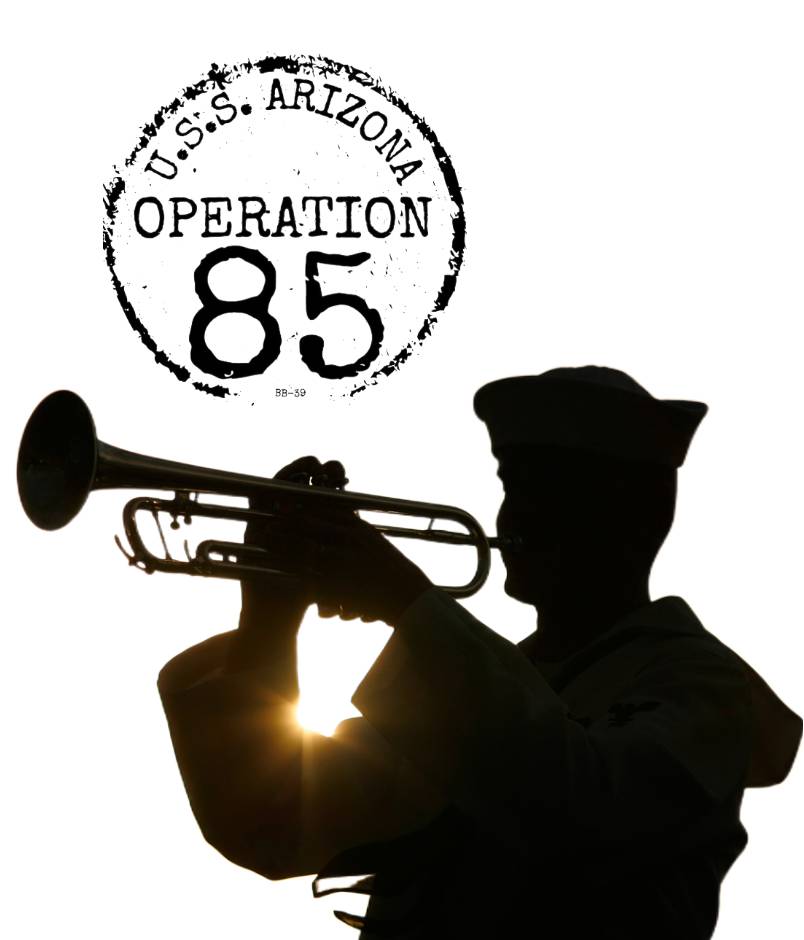MATT2c Francisco Unpingoo Rivera

- Rank:
- Branch:
- Home Town:
- Date Of Birth:
- Disposition:
- Family DNA on File:
MATT2c Francisco Unpingoo Rivera
Francisco Unpingco Rivera was one of 12 Navy men from Guam killed when Japan attacked Pearl Harbor on Dec. 7, 1941.
Their devotion to the United States was remarkable. Guam had been under U.S. control since 1898 after the defeat of Spain, but its indigenous residents, the Chamorro, were not U.S. citizens. Their second-class status was reinforced by the Navy’s discrimination since the Wilson Administration against sailors who were from Guam or the Philippines or who were African-American. Only one job was open to them: mess attendant. Messmen cooked, cleaned, and performed other services. They could advance to become petty officers first class as stewards or cooks for officers, but that was their limit.
Nonetheless, hundreds of men from Guam joined the Navy before World War II because an old immobilized oil tanker, the U.S.S. Robert L. Barnes, was tied up at Apra Harbor in Guam and served as a training school for mess attendants.
Mr. Rivera was 22 when he enlisted on Nov. 1, 1940. He was a mess attendant second class on the U.S.S. Arizona when he died on Dec. 11, 1941 at the U.S. Naval Hospital of wounds suffered in the attack of Dec. 7. He was buried in Hawaii until after the war, when his body was returned home and buried at Agana Cemetery.
Two months after his death, his younger brother, Vicente, enlisted in the Navy in California. He was a steward (formerly officer’s steward) and petty officer second class on a submarine, the U.S.S. Grayback, when it was bombed and sunk by a Japanese carrier plane off the coast of Okinawa in February 1944. The Grayback had been hugely successful during two years of war patrols, sinking 14 enemy ships.
The Rivera brothers were the sons of Maria Unpingco, a tailor, and Juan Aguon Guzman, a Navy pharmacist’s mate. Francisco was born June 4, 1918, and Vicente on Sept. 17, 1919.
Their father died in 1925. The two brothers grew up with help from neighbors, adopting the last name Rivera.
It isn’t clear how the father became a pharmacist’s mate. It may have been a rating he earned years before and was allowed to retain. Also, the Navy ran Guam, including its hospital, which was largely staffed by Chamorro. And it let local men serve in a small force for the possible defense of the island.
Nearly five years after the end of World War II, the United States finally granted citizenship to residents of Guam.
Sources: Special thanks to Carmelita Edwards for sharing photos and other family background. Other sources include: Census; grave marker; Navy muster rolls; U.S. Department of Defense; Naval History and Heritage Command. Francisco is seated on the left in the photograph. His friends are unidentified. This profile was researched and written on behalf of the U.S.S. Arizona Mall Memorial at the University of Arizona.
